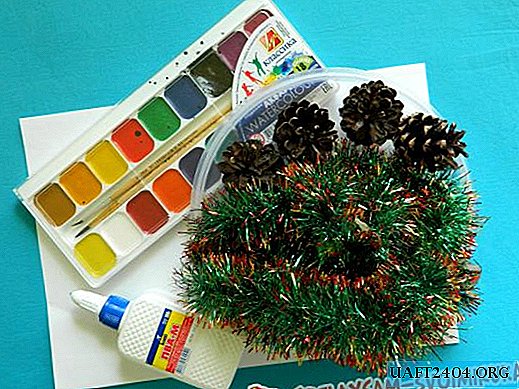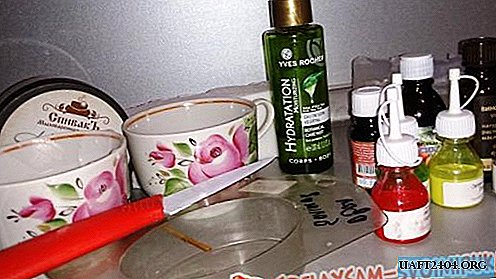Share
Pin
Tweet
Send
Share
Send

Further work requires: glass, a lamp, paper and a thin synthetic fabric, the atlas is best suited. The glass is mounted so that a lamp can be installed under it. For this purpose, I use an LCD TV with a damaged matrix, instead of which a glass is inserted (maybe someone will be interested in such a device, quite conveniently). The picture is printed on a printer or copied onto a white sheet of paper or Whatman paper manually. It is desirable that the lines of the picture were clear and thick, if they are thin, then it is worth circling them with a marker. You can find a suitable picture on the Internet or come up with your own.

Consider burning through a fabric using a napkin as an example (the picture was taken on the Internet):
We turn on the lamp, put paper with a pattern on the glass, put a cloth on top and start burning. It is possible to make both single-layer products with a pattern, or two-layer ones, with the “gluing” of layers to each other, using a burning device.
I will talk about the two-layer creation of napkins.
This will require a small piece of plain fabric and colored flaps. You can choose the colors to your liking. I chose gold for the base and middle of the flowers, green for the leaves, red for the flowers themselves.

First, from the flaps with a sting of the burning apparatus, we cut out the elements that will be superimposed on top of the base, flowers and leaves. It is best to iron the fabric and stretch it slightly when burned. Keep in one place, avoiding shifts. The needle of the burning machine should be kept away from you. You need to cut the parts along the outer contour, about the inner one, we will talk later.



After all the details are cut out, we take a cloth for the basis of the napkin and pin it with pins to the paper with a pattern, covering it completely.


Next, take the part that will be from the bottom, for example, a part of the sheet can be located under the flower and “glue” to the base using this method:


With the needle we make light strokes that look like a droplet, for a long time we do not hold the needle in place, otherwise we will get big holes.
Details are superimposed on the basis of the drawing. When all the leaves are attached to the base, proceed to the flowers. Also, according to the drawing, we put it on the base and “solder” it with the same method, hiding the ponytails of the leaves. In this napkin, the flowers are divided into two parts. Most will be superimposed on the front side, while the small side will be overlapped. Thus, an interesting color effect is obtained.


When all the elements are “soldered” to the base, we begin to pass the same “droplets” along the inner contour and the rest of the lines on the flowers and leaves.


After all the elements are located on the base, it remains to cut holes of various shapes in the drawing and cut the outer contour of the entire napkin. It can be made, both smooth and openwork, as in my example. This is an important part in creating a napkin and requires special care.



Ready-made napkin will delight you with its beauty

Share
Pin
Tweet
Send
Share
Send











